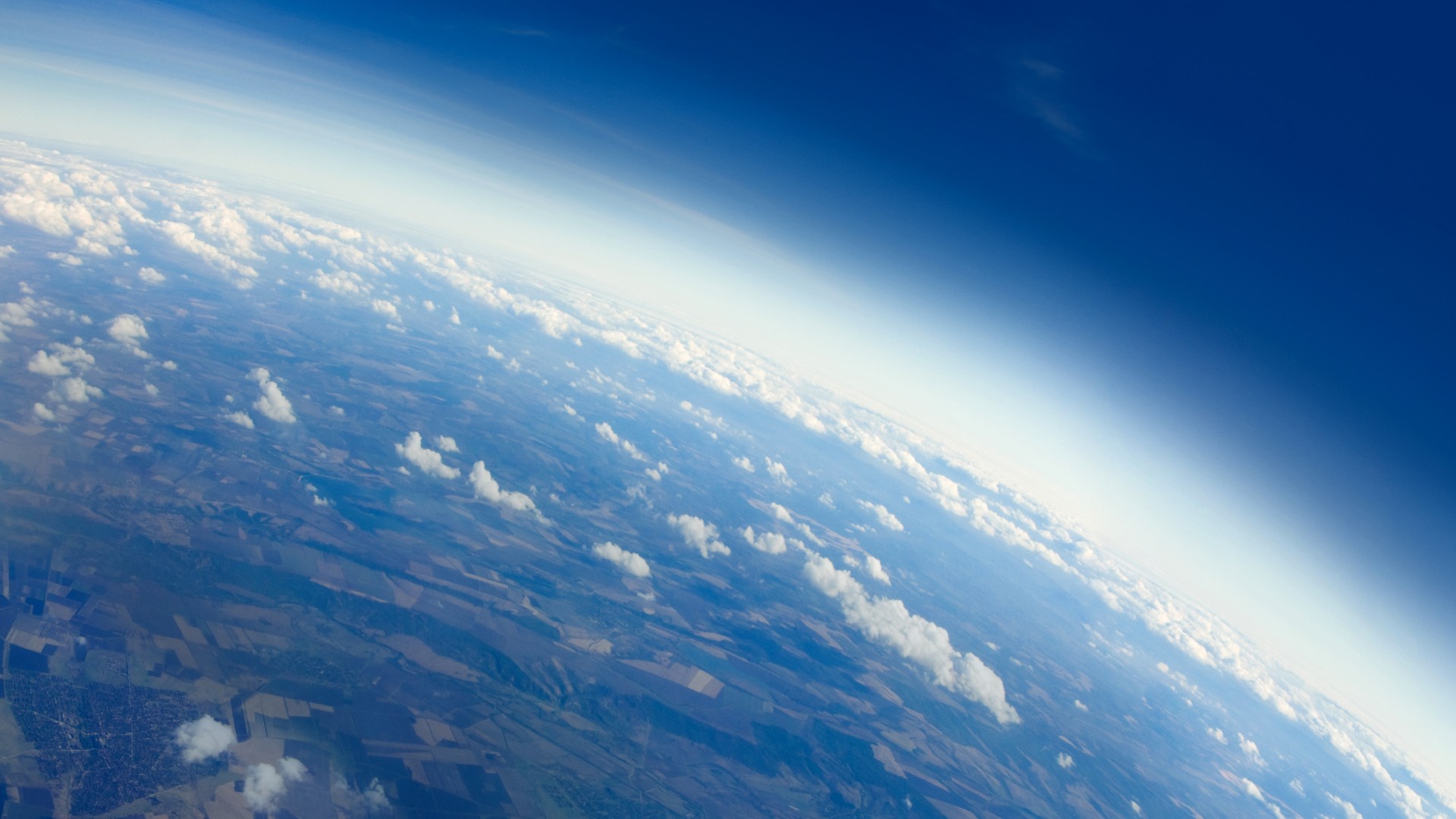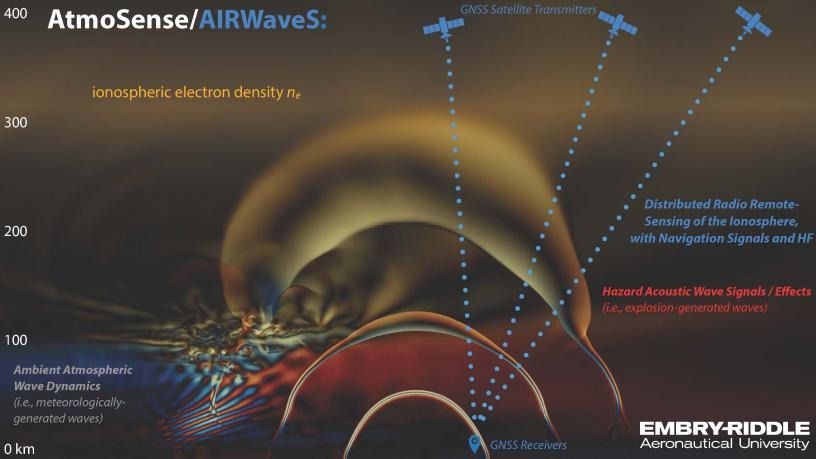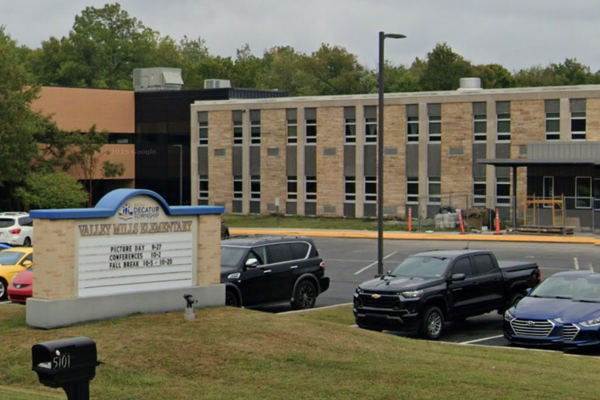
Researchers with the U.S. military's Defense Advanced Research Projects Agency (DARPA) have successfully used Earth's atmosphere as a sensor to detect a distant disturbance.
DARPA's AtmoSense program aims to study how sound waves or electromagnetic frequencies travel through Earth's atmosphere, and to find ways to use these waves as a "global sensor" to detect and pinpoint disturbances such as earthquakes or volcanic eruptions.
But researchers with the AtmoSense program found that, when studying waves created by controlled explosions in New Mexico, they were also able to detect atmospheric disturbances created by a Space Falcon 9 rocket reentry. "The phenomenon is highly repeatable," said Michael Nayak, AtmoSense program manager, in a DARPA statement. "We discovered an unplanned new technique for identifying objects entering the earth's atmosphere."
Nayak explained that the technique works by measuring flows of electrons in the atmosphere, comparing them to water streaming from a hose.
"That's a flow of electrons, and if you put your fist in front of the hose, you'll notice a significant drop in water volume coming out of the hose," Nayak said in the statement.

Once the team noticed the dip in electron content, they were able to pinpoint its location and determine that it correlated with a Falcon 9 reentry the same day.
The data showed that the AtmoSesne project can detect more than just ground-based disturbances like earthquakes, but also those that take place in air or space that are "of interest to national security," DARPA wrote in the statement.
Researchers with the program are planning a virtual workshop in April to share their progress with both the scientific and national security communities and to explore potential applications for AtmoSense.
DARPA's aim for the program is to be eventually be able to sense atmospheric waves created from events anywhere in the world.







